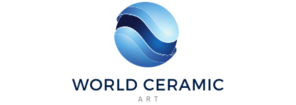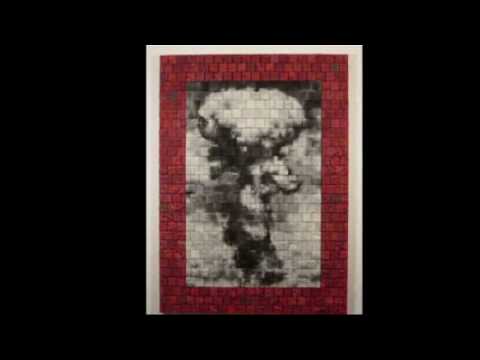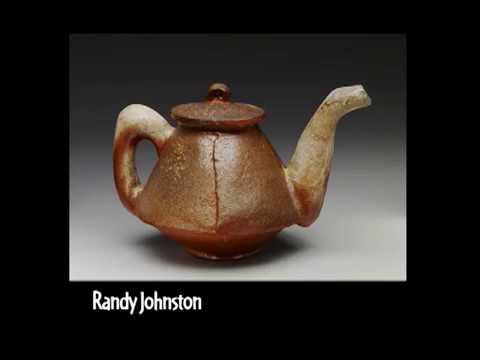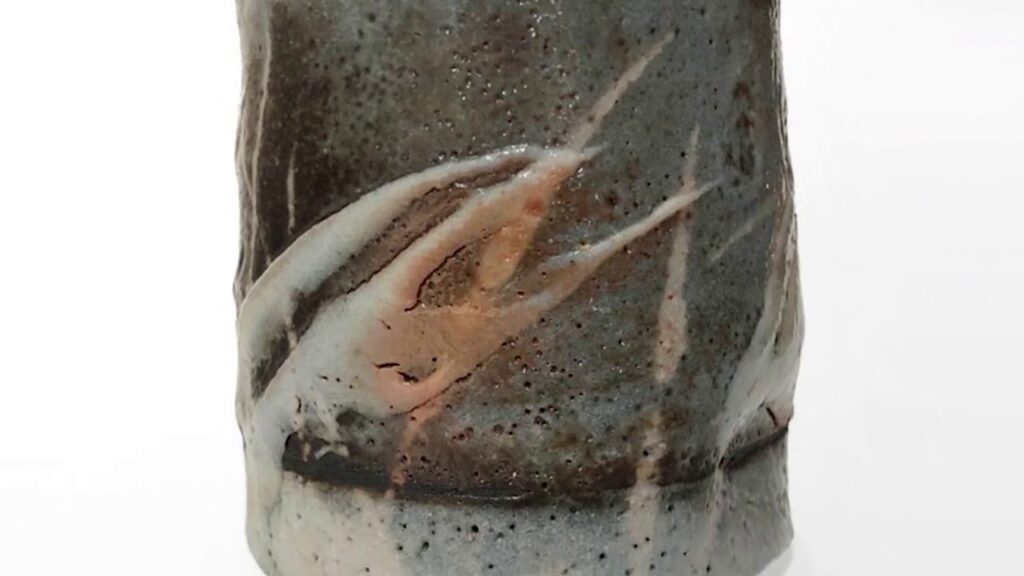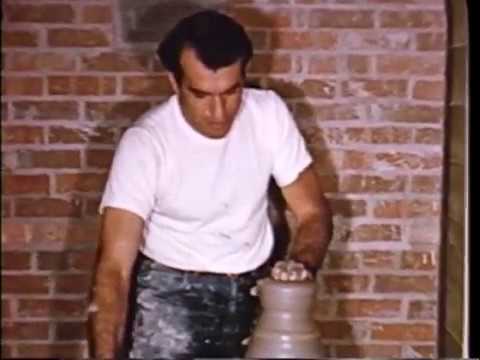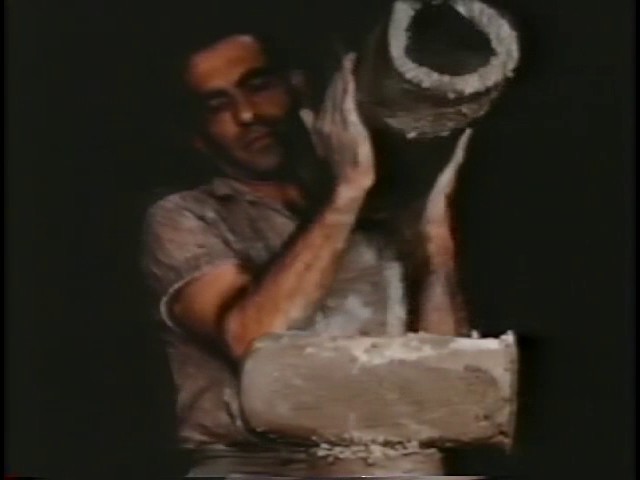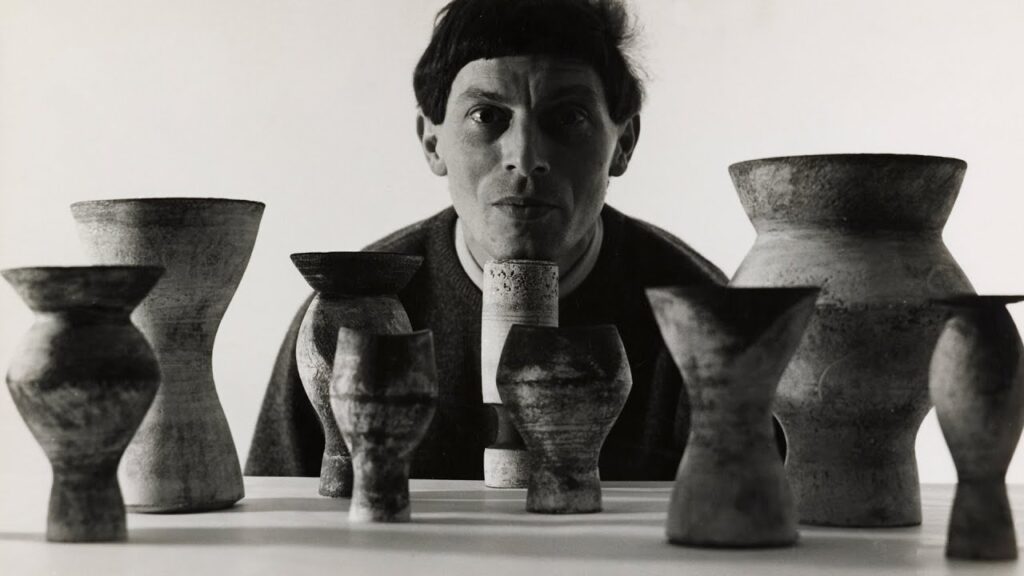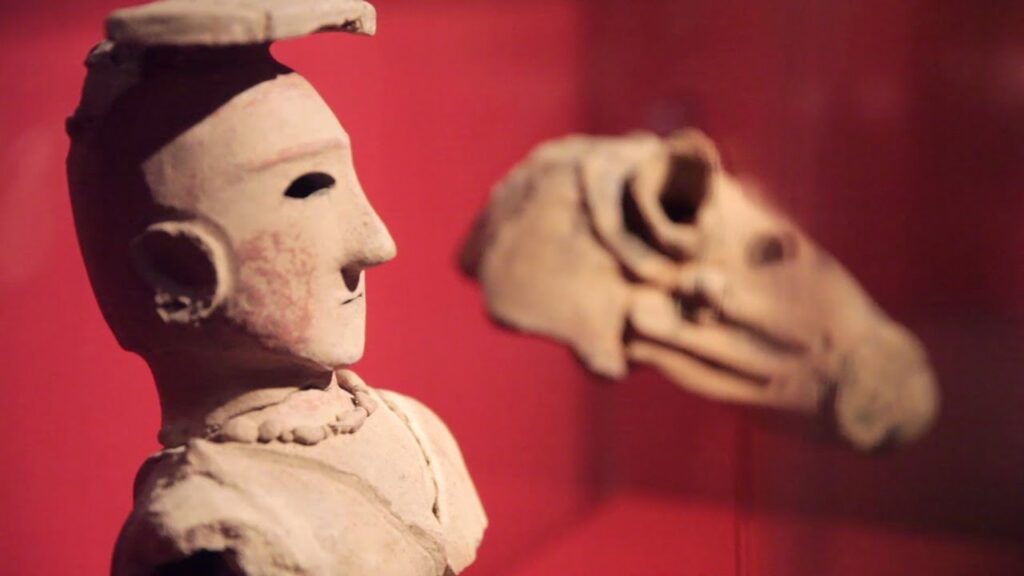Points of Departure: Treasures of Japan from the Brooklyn Museum
March 7, 2014–June 8, 2014
"Haniwa"
Join Japan Society Gallery Director Miwako Tezuka as she guides viewers through time and space to explore Japanese art, culture, and history using works from Points of Departure: Treasures of Japan from the Brooklyn Museum as signposts along the way. For this journey you won't need a map, compass, or even a plane ticket! In this final installment, Dr. Tezuka examines two clay figurines known as haniwa. These two figures are almost 1,400 years old!
"A radically reorienting show…gives you a new way to navigate Japanese art." – The New York Times
Points of Departure: Treasures of Japan from the Brooklyn Museum is organized by Japan Society in collaboration with the Brooklyn Museum.
Music: "Takeda no Komoriuta" performed by Yoko Reikano Kimura and Hikaru Tamaki
